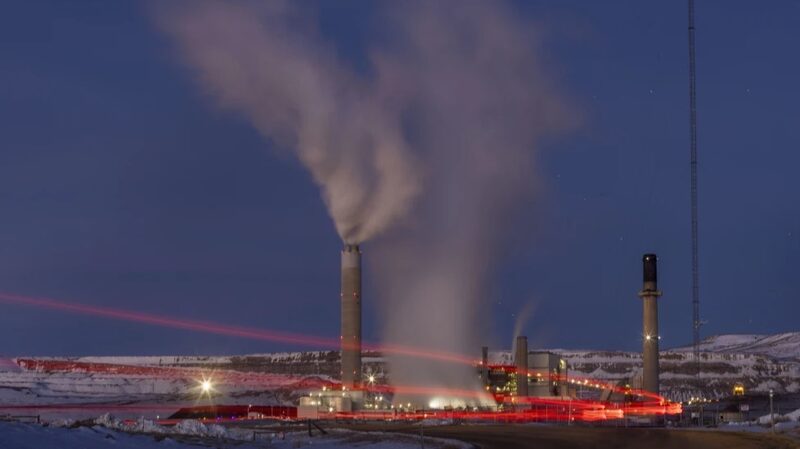In a significant step towards transforming the future of energy, Bill Gates and his company TerraPower have broken ground on a groundbreaking nuclear power project in the small community of Kemmerer, Wyoming. This next-generation nuclear power plant aims to revolutionize how power is generated, providing safe, abundant, and zero-carbon energy.
On Monday, Gates, the co-founder of Microsoft and chairman of TerraPower, officially commenced construction at the Wyoming site. The company has submitted an application to the Nuclear Regulatory Commission (NRC) for a construction permit for an advanced nuclear reactor that uses sodium instead of water for cooling—a cutting-edge technology that promises enhanced efficiency and safety.
“This is a big step toward safe, abundant, zero-carbon energy,” Gates told the audience at the groundbreaking ceremony. “It’s important for the future of this country that projects like this succeed.”
The advanced reactor, known as the Natrium reactor, is designed to produce 345 megawatts of power and could peak at 500 megawatts—enough to supply up to 400,000 homes. Unlike traditional reactors, TerraPower’s design incorporates a molten salt energy storage system, allowing it to adjust power output to meet demand and integrate with renewable energy sources.
The site is strategically located adjacent to PacifiCorp’s Naughton Power Plant, which plans to cease coal operations in 2026 and retire natural gas usage a decade later. The transition to advanced nuclear technology represents a shift toward carbon-free power generation, aligning with global efforts to combat climate change.
TerraPower’s president and CEO, Chris Levesque, highlighted the importance of innovation in the nuclear industry. “The industry’s character hasn’t been to innovate… But the electricity demands we’re seeing in the coming decades, and also to correct the cost issues with today’s nuclear energy, we at TerraPower and our founders really felt it’s time to innovate,” he said.
One of the challenges facing advanced nuclear projects is the availability of high-assay low-enriched uranium (HALEU) fuel, enriched to a higher percentage of uranium-235 than conventional reactor fuel. Currently, Russia is the only commercial supplier of HALEU, leading TerraPower to delay its launch date to 2030 while working with partners to develop domestic sources. The U.S. Department of Energy is also involved in efforts to produce HALEU domestically.
Despite these challenges, the project’s estimated cost of up to $4 billion—half funded by the U.S. Department of Energy—is considered a significant investment in the future of clean energy. The cost includes first-of-its-kind expenses for designing and licensing the reactor, with expectations that future reactors will be more cost-effective.
Experts like John Kotek, senior vice president for policy at the Nuclear Energy Institute, emphasize the momentum building for new nuclear technologies. “There’s tremendous momentum building for new nuclear in the U.S. and the potential use of a far wider range of nuclear energy technology than we’ve seen in decades,” he said.
TerraPower envisions that future reactors could not only supply electricity but also provide high-temperature heat for industrial processes, such as producing hydrogen, petrochemicals, ammonia, and fertilizer—industries currently reliant on fossil fuels.
As the world grapples with the urgent need to reduce greenhouse gas emissions, Gates’s commitment to advancing nuclear technology underscores the critical role that innovative energy solutions will play in addressing the climate crisis.
Reference(s):
cgtn.com








